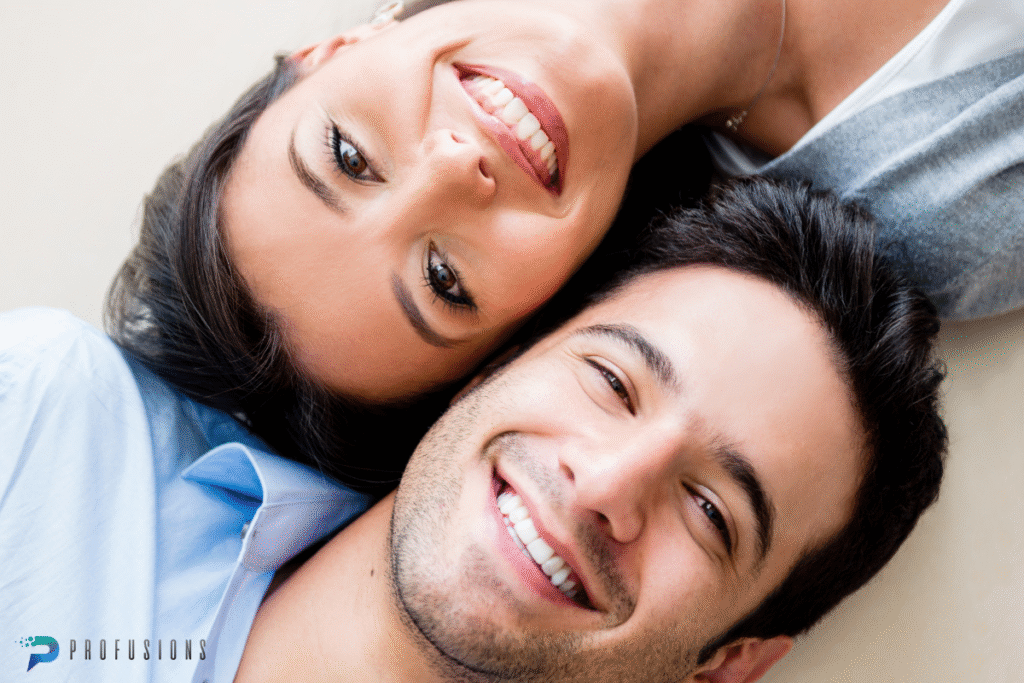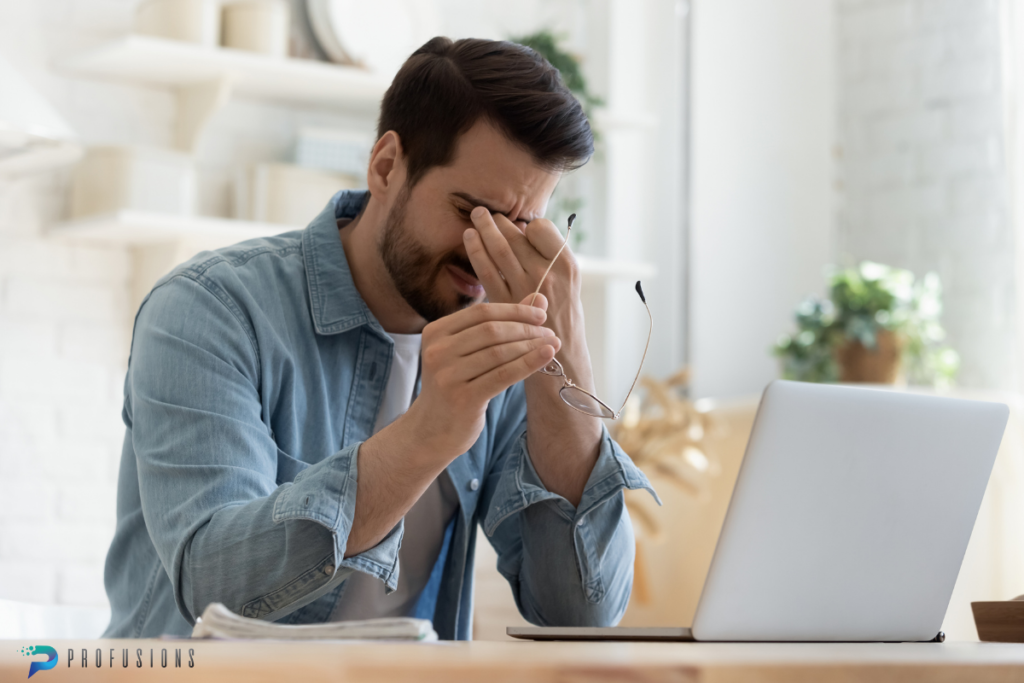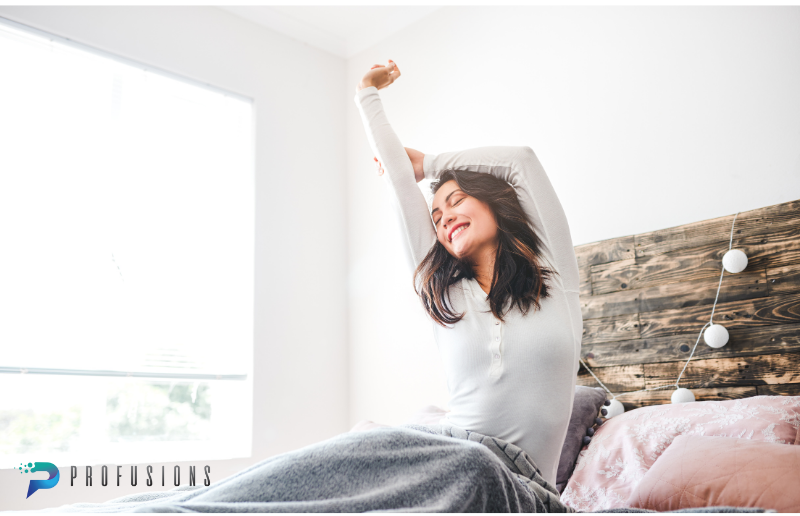
Biohacking might sound like science fiction, but in 2025, it’s a very real and growing movement. At its core, biohacking is about using data, tech, and personal experimentation to improve how you feel and function, from sleep and focus to metabolism, stress, and even biohacking skincare routines. It has evolved with cutting-edge developments designed to optimize health, performance, and longevity.
And the best tools to do that? Wearable devices that track your body’s signals in real time. Combined with innovations like online skincare prescription services and best online prescription skincare platforms, biohacking now extends to both internal health and external appearance.
But with dozens of gadgets on the market, how do you know which one is actually worth it? Let’s break down the top devices this year, based on what the latest science says really works.
What Makes a Good Biohacking Wearable?
Not all wearables are created equal. The best ones:
- Give you accurate health data (like heart rate, sleep stages, or glucose)
- Help you actually do something with that data
- Fit your lifestyle and comfort needs
- Respect your privacy and use science-based feedback
Recent studies show that devices that can track patterns over time, like heart rate variability (HRV), sleep cycles, or glucose responses, can help you spot stress, improve recovery, and personalize your diet and fitness.
Top 10 Wearables for Biohackers in 2025
| Rank | Device | Best For | What It Tracks |
| 1 | Whoop 5.0 | Athletes, Recovery | HRV, sleep, strain, skin temp |
| 2 | Oura Ring Gen 4 | Sleep & Stress | Sleep cycles, HRV, readiness |
| 3 | Apple Watch Series 10 | All-in-one Health | ECG, blood oxygen, movement |
| 4 | Ultrahuman Ring Air | Metabolic Tracking | Glucose trends, HR, sleep |
| 5 | Garmin Fenix 8 Pro | Adventure + Fitness | VO2 Max, altitude, performance |
| 6 | Biostrap EVO | Clinical-Level Sleep | HRV, red-light sensors, circadian rhythms |
| 7 | Fitbit Sense 3 | Everyday Stress | EDA (stress), sleep, temp |
| 8 | Apollo Neuro | Anxiety & Focus | Nervous system regulation |
| 9 | Muse S Gen 2 | Meditation & Focus | EEG brainwaves for mindfulness |
| 10 | Libre 3 CGM | Real-Time Glucose | Blood sugar + food response |
What the Science Actually Says
1. HRV = Your Recovery Superpower
Heart Rate Variability (HRV) is a key marker for stress and recovery. A higher HRV means your body is handling stress well. Devices like Whoop and Oura are top-rated for reliable HRV tracking, even during sleep.
2. Sleep Stages Matter More Than Hours Slept
A 2016 study confirmed that the quality of your sleep (how much deep and REM sleep you get) matters more than total hours. Devices like Oura, Biostrap, and Muse break this down for you, night by night.
3. Glucose Spikes Aren’t Just for Diabetics
CGMs (like Libre 3) are now used by everyday people to track how food affects their energy and mood. According to studies, personalized glucose tracking is one of the most powerful tools for improving long-term health, even in non-diabetics.
4. Your Nervous System is Hackable
Tech like Apollo Neuro uses gentle vibrations to “nudge” your nervous system into a calmer state. Early evidence shows this can help with anxiety, focus, and even sleep onset.
Real-Life Stack: What We Recommend
Want a powerful combo for total-body tracking?
- Start with Oura Ring (for sleep + recovery)
- Add Levels CGM (for food and energy insights)
- Use Apollo Neuro during stressful workdays or before bed
This trio gives you data on your body, brain, and biochemistry, all in real time – perfect for customizing everything from workouts to the best prescription skin care for aging skin.
Final Take
You don’t need to be a tech nerd or athlete to biohack. All you need is curiosity, a little data, and the right tools. Whether you’re trying to feel more energized, sleep deeper, or better manage stress, the right wearable can give you a window into your biology, and a map for change.
And when it comes to your skin? Pairing internal tracking with online prescription skin care platforms ensures your regimen is science-backed, targeted, and tailored just for you.
As always, consult a healthcare provider before acting on health data from wearables.
About MyProfusions: At MyProfusions, we simplify science so you can make better decisions about your health and wellness. From expert blog articles to curated tools and product guides, including support for online skincare prescription services, we help you cut through the noise and build a life that feels good, inside and out.
References:
- Citation: Cadiam, W., Canono, G., Chozas, M.A., Fernandez, S.M., & Narvaez, R. A. (2024). Effectiveness of wearable devices on the quality of sleep in the adult population: An integrative review. Canadian Journal of Nursing Informatics, 19(2). https://cjni.net/journal/?p=13114
- Yu Sun Bin, Is Sleep Quality More Important than Sleep Duration for Public Health?, Sleep, Volume 39, Issue 9, 1 September 2016, Pages 1629–1630, https://doi.org/10.5665/sleep.6078
- Nicole L Spartano, Naznin Sultana, Honghuang Lin, Huimin Cheng, Sophia Lu, David Fei, Joanne M Murabito, Maura E Walker, Howard A Wolpert, Devin W Steenkamp, Defining Continuous Glucose Monitor Time in Range in a Large, Community-Based Cohort Without Diabetes, The Journal of Clinical Endocrinology & Metabolism, Volume 110, Issue 4, April 2025, Pages 1128–1134, https://doi.org/10.1210/clinem/dgae626
- Massimiliano de Zambotti, Cathy Goldstein, Jesse Cook, Luca Menghini, Marco Altini, Philip Cheng, Rebecca Robillard, State of the science and recommendations for using wearable technology in sleep and circadian research, Sleep, Volume 47, Issue 4, April 2024, https://doi.org/10.1093/sleep/zsad325








